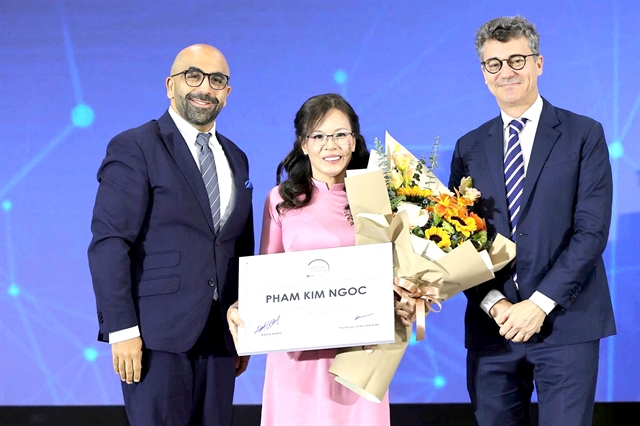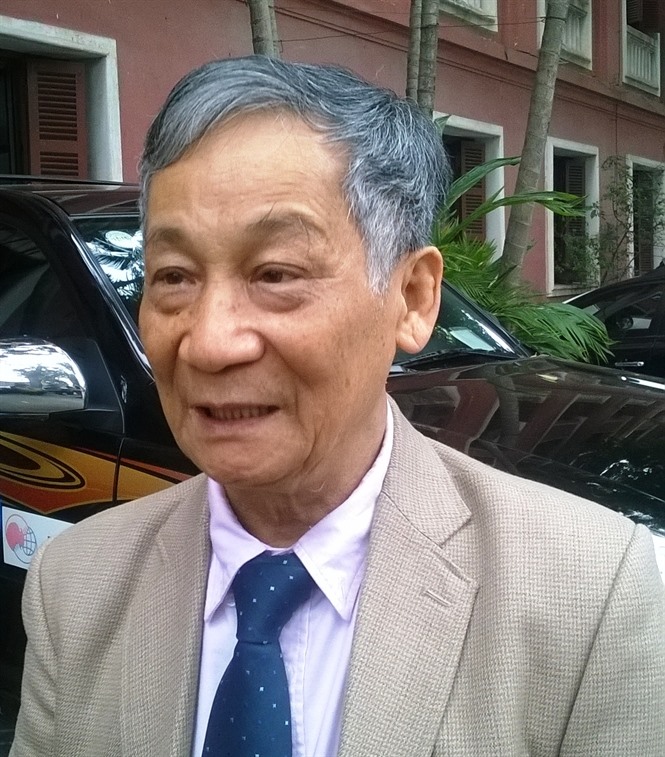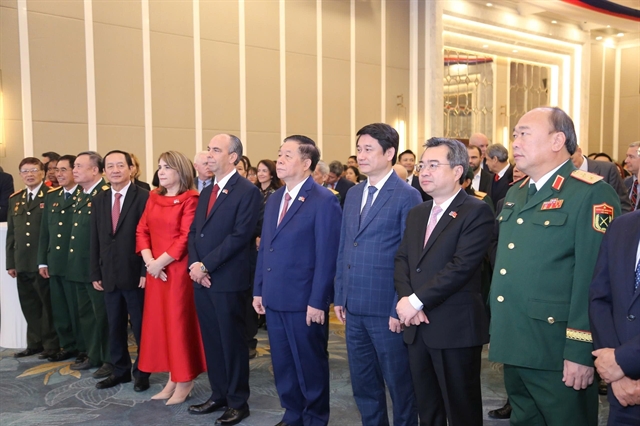 Opinion
Opinion

Professor Vũ Trọng Hồng, Chairman of the Việt Nam Irrigation Association, speaks to the newspaper Nông Thôn Ngày Nay (Countryside Today) about the dangerous impact of the proposal to build four super small hydro power plants in the central province of Quang Nam.
 |
| Professor Vũ Trọng Hồng |
Professor Vũ Trọng Hồng, Chairman of the Việt Nam Irrigation Association, speaks to the newspaper Nông Thôn Ngày Nay (Countryside Today) about the dangerous impact of the proposal to build four super small hydro power plants in the central province of Quang Nam.
How do you respond to the decision to construct four more super small hydro power plants in addition to the 30 hydro power plants in the province?
It they were to be built in other parts of the province, I would not say anything. But they are being located near the Bắc Trà My District, which is home to the Sông Tranh 2 (Tranh River) power plant. The Việt Nam General Department of Geology and Minerals has come out strongly against the idea, so have many Vietnamese scientists. A key reason for their opposition is that the region has two acting shear faults - the Rào Quán-A Lưới and Trà My-Trà Bồng, both connected to the Tranh River 2 reservoir.
According to these geologists, most of the tremors measured 4.7 on the Richter scale and were related to the movement of the water in the reservoir.
The Tranh River reservoir is designed to hold 100 cubic metres and is advised to hold just 70-80 cubic metres. So if another four hydro power plants are to be built over there, the water body to operate these hydro power plants will cause further negative pressures on the active shear faults in the Tranh River reservoir. As a result, earth quakes are likely to occur, endangering area residents.
Why does the Quảng Nam Provincial People’s Committee insist that the these super small hydro-power plants will have no negative effects?
The construction of a hydro power plant has always affected nearby areas, whether in a major or minor way. The forests in the two districts of Bắc (North) and Nam (South) Trà My have been taken for hydro power plants and adjacent infrastructure projects have been seriously affected. This is one of the reasons why Prime Minister Nguyễn Xuân Phúc has ordered the closure of the country’s natural forest to the public.
People living close to the four hydro power plants have not been consulted or informed about the construction. Do you think this is right?
No. It is totally wrong. Project owners must inform and consult with local residents about such major issues.
Before building a water reservoir, the project owner has to do four things. First, install seismic stations; second, inform people living around the project of the possibility of light tremors or even earth quakes; third, the Provincial People’s Committee has to designate resettlement areas at least several kilometres from the reservoir, and finally, the project owner has to consult with the General Department of Geology and Minerals and ask for its advice.
In a nut shell, do you think such hydro power plants will benefit the local people?
The National Assembly, concerned ministries and sectors have come up with various proposals to limit the construction of hydro power plants under 30MW due to some of the above mentioned negative impacts.
In addition, their procedures for water storage or discharge run counter to our irrigation policies. As we all know, hydro power plants have to store water to generate electricity so how can farmers living down stream have water to grow their plants?
Meanwhile, there is also a tendency in the world to use clean energy instead of hydro power.
That’s why it is high time for Việt Nam to rethink the construction of small hydro power plants to avoid negative impacts on the environment, on forest development, on irrigation and people’s livelihoods.
So should Quảng Nam Province continue to build more hydro power plants?
The capacity of small plants is small, while their negative effects are very big, particularly in terms of causing water scarcity. Thermal plants are facing the problem of pollution. It is thus time for us to develop renewable energy sources, like solar and wind energy.
According to the Việt Nam Renewable Energy Association, Việt Nam enjoys sun shine almost year round. For example, the Central Highland provinces and the south-central region have 2,000-2,600 sun shine hours a year with radiation of about 150 kcal/m2, a potential for us to develop solar energy.
I don’t think we should develop hydro power plants in Quang Nam or any other central provinces that have so much sun. — VNS


.jpg)

